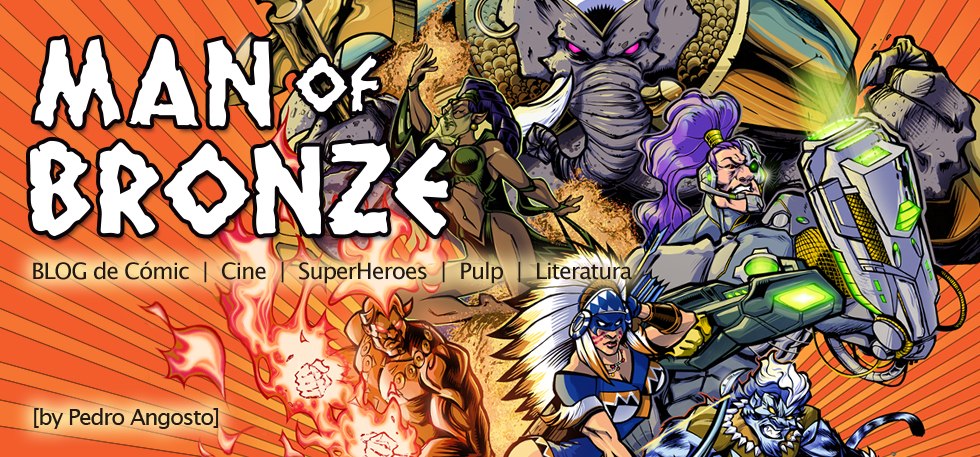El dibujante, que ha regresado a hacer interiores con sus Day Men en Boom, no se muerde la lengua al señalar lo que está mal en los cómics actuales.
La industria, centrada hoy en día en los guionistas, ha relevado a los dibujantes a fieles reproductores de un guión donde no hay margen alguno para creatividad.
"I hate making broad proclamations, but I think that, to a certain extent, the separation of art and writing has hurt comics, because a lot of times the artists are in the position of -- they're grocery clerks. They have to get the stuff that the writers are asking for, and that's it. They're not participating. When I first got into comics, there were two writing styles. There was DC, which was full plot with full dialogue, and then there was Marvel style, where you get a loose plot and then you'd do the art and then the writer would come back and do a dialogue pass after the art was done. I think when everyone went to doing full plot, that really hurt comics because now the artists are not participating in the process that much. Like with Stan [Lee] and Jack [Kirby] or Stan and [Steve] Ditko, where Stan would write, "Over the next five pages, this happens," and the artists really had to visualize how to make it happen and discover creative ways of making that event happen."
"At [Gaijin Studios], we used to say there are artists who are actors, and there are artists who are stars. Those guys are like Jack Nicholson. It doesn't matter what role you put him in, he's going to be Jack Nicholson, and he's going to be awesome for it. But there are other actors, like Gary Oldman or Matt Damon, they change who they are to fit the role. We consider those folks actors. As a comic book artist, I consider myself more of an actor in that every project I do, I try to think of, what does the project need? Does the project need to be more cartoony? Does it to be more naturalistic? Does the art need to move fast or move slow? What needs to happen to make it the best the project can be rather than how to make the project in my style?"
"When [DC Comics] asked me to do the design for Nightwing, it was really a fun time, and they gave me pretty much no instruction. Just go with whatever you think is cool. It was fun to sit down and go, okay, this is Batman's apprentice. Now he's off on his own, so he wants to have his own thing. As a comic book fanboy, what's running through my head is all the Robin stuff and all the Teen Titans stuff. It was really cool to sit back and design a character that's very practical, that isn't so crazy. No giant cape and all of that stuff."
"Batman has stood the test of time. There are certain characters that I think you know when the design is just right, because we all wait for them to go back to the original. With Batman, every once in a while people will make a decision to change the character and the fans are like, okay, do what you have to do -- because we know you're eventually going to go back. Wonder Woman -- you know they're going to go back to the star-spangled tights. Just don't even worry about it. I think Batman is one of those characters that, in his inception, he was so simply designed and so clean -- which is not like a lot of the characters that were designed around that time. Batman has not really been improved over the years. It's been tweaked, but there hasn't been a massive sweep to Batman that's irrevocably changed the character. If it was put to just about any artist, okay, redesign Batman and come up with something cooler -- they couldn't do it. Every time they make a big change to Black Canary, we're like, okay, go ahead. We all know what's eventually going to happen so just get it out of your system."





No hay comentarios:
Publicar un comentario